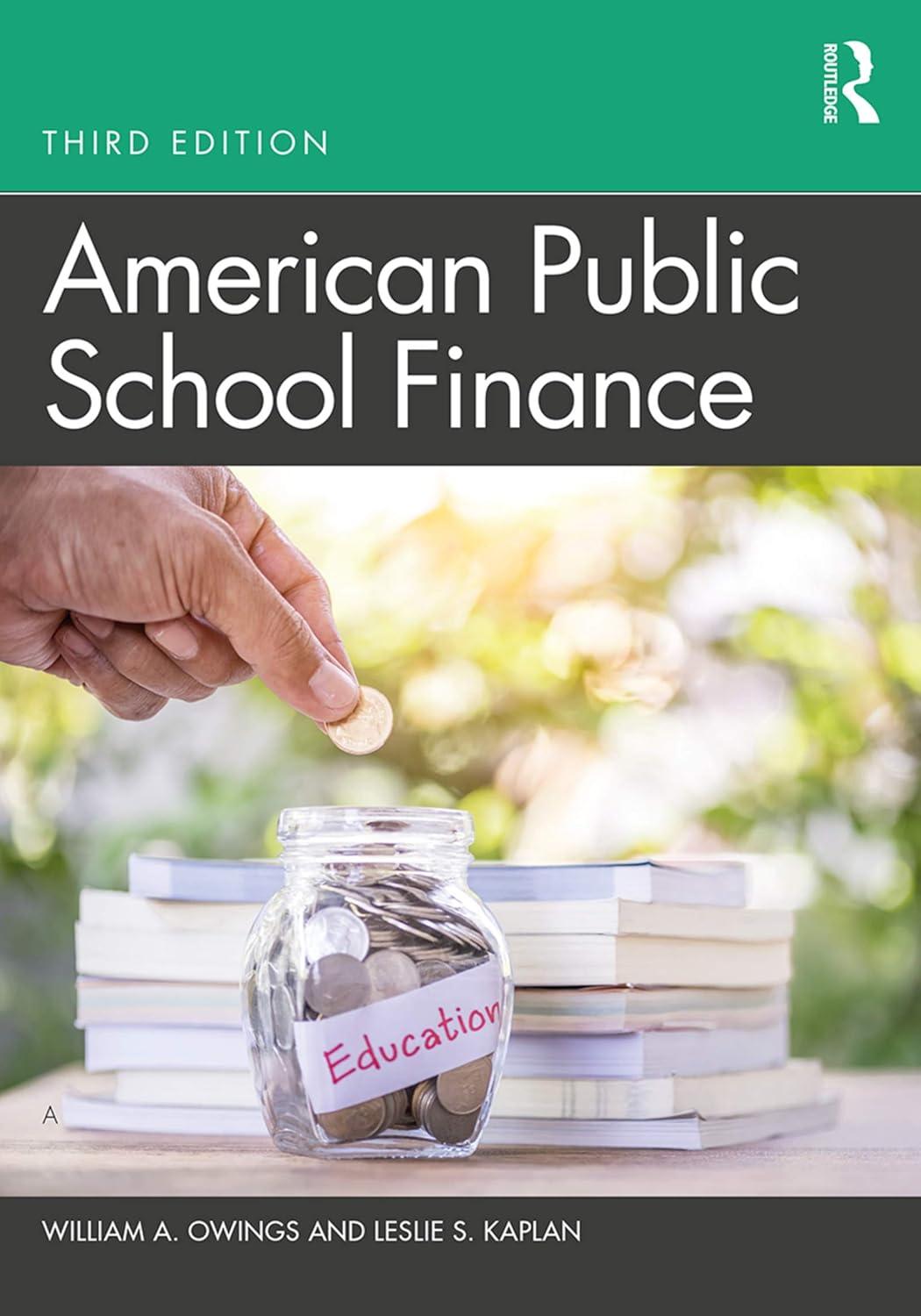
In late 2016, Vonki Waves Limited established a defined benefit pension plan for its employees. At the inception of the plan, it was decided that both the interest expense accruing on the Defined Benefits Obligation and the expected returns on the Plan Assets would be computed only on the balances existing at the beginning of the year. Further, such balances would be adjusted for any changes effected by transactions occurring at the beginning of the year. For the year 2020, the following information was provided to you by a trainee accountant of the company: Vonki Waves followed IFRS procedures and ended its accounting year on December 81. The discount rate as well as the expected rate of return on plan assets was set at 5% per year. The accountant did not remember the beginning balances of either the Defined Benefits Obligation or the Plan Assets. Oh, he was so disorganized! Fortunately, he did recall that the interest expense for the year on the defined benefit obligation was S45,500. He also complained that the Investment Committee was, in his opinion, not doing a good job as the actual returns amounted to only $19,600 which resulted in an annual return of a poor 8.5% rate of return. - He then proceeded to read out a bunch of figures: $67,000 for current service costs and $20,000 for past service costs awarded at the end of the year to an executive; $104,000 paid to existing retirees (we should have made them work for a longer period, he remarked) and $80,000 received from the company as the annual funding for the plan ("too little, too little," he mumbled, "the seniors are spending too much on their executive perks"). r Upon questioning him further, you also learned that the funding status at the beginning of the year reported as under funded ("If I was the Plan Trustee, I would insist that the company immediately make up the deficit or I would declare a strike"). In cach alternate year (every even year) following inception of the plan, the actuary remeasured the defined benefit obligation arising from employees' services and recommended that the plan amend its accounting figures accordingly. The actuary would also revise estimate parameters based upon his latest estimates. As at the end of 2020, the revised estimates for the Defined Benefits Obligation amounted to $985,000. Required: 1. Prepare a pension worksheet, in good format, showing the results of all the transactions stated above in the question. 2. Prepare the necessary journal entries which the company would require to record the aggregate effects of the pension fund activities of the plan. 8. What would be amount of the Pension Expense which the company would record if it were following ASPE instead of IFRS? In late 2016, Vonki Waves Limited established a defined benefit pension plan for its employees. At the inception of the plan, it was decided that both the interest expense accruing on the Defined Benefits Obligation and the expected returns on the Plan Assets would be computed only on the balances existing at the beginning of the year. Further, such balances would be adjusted for any changes effected by transactions occurring at the beginning of the year. For the year 2020, the following information was provided to you by a trainee accountant of the company: Vonki Waves followed IFRS procedures and ended its accounting year on December 81. The discount rate as well as the expected rate of return on plan assets was set at 5% per year. The accountant did not remember the beginning balances of either the Defined Benefits Obligation or the Plan Assets. Oh, he was so disorganized! Fortunately, he did recall that the interest expense for the year on the defined benefit obligation was S45,500. He also complained that the Investment Committee was, in his opinion, not doing a good job as the actual returns amounted to only $19,600 which resulted in an annual return of a poor 8.5% rate of return. - He then proceeded to read out a bunch of figures: $67,000 for current service costs and $20,000 for past service costs awarded at the end of the year to an executive; $104,000 paid to existing retirees (we should have made them work for a longer period, he remarked) and $80,000 received from the company as the annual funding for the plan ("too little, too little," he mumbled, "the seniors are spending too much on their executive perks"). r Upon questioning him further, you also learned that the funding status at the beginning of the year reported as under funded ("If I was the Plan Trustee, I would insist that the company immediately make up the deficit or I would declare a strike"). In cach alternate year (every even year) following inception of the plan, the actuary remeasured the defined benefit obligation arising from employees' services and recommended that the plan amend its accounting figures accordingly. The actuary would also revise estimate parameters based upon his latest estimates. As at the end of 2020, the revised estimates for the Defined Benefits Obligation amounted to $985,000. Required: 1. Prepare a pension worksheet, in good format, showing the results of all the transactions stated above in the question. 2. Prepare the necessary journal entries which the company would require to record the aggregate effects of the pension fund activities of the plan. 8. What would be amount of the Pension Expense which the company would record if it were following ASPE instead of IFRS







